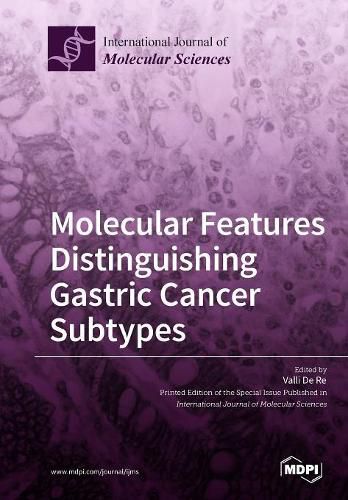Molecular Features Distinguishing Gastric Cancer Subtypes

Molecular Features Distinguishing Gastric Cancer Subtypes
This title is printed to order. This book may have been self-published. If so, we cannot guarantee the quality of the content. In the main most books will have gone through the editing process however some may not. We therefore suggest that you be aware of this before ordering this book. If in doubt check either the author or publisher’s details as we are unable to accept any returns unless they are faulty. Please contact us if you have any questions.
Gastric cancer is a leading cause of cancer deaths, but analysis of its molecular and clinical characteristics has been complicated by histological and aetiological heterogeneity. Stomach cancers are 90% adenocarcinoma; lymphoma, carcinoid, and stromal tumours may occur. Adenocarcinoma can be subdivided into histological Lauren and the World Health Organization (WHO) classifications, but this information has not led to the development of histologic subtype-specific treatment options. One way to potentially improve treatment for gastric cancers is to better understand the pathogenesis of this disease, the contribution of Helicobacter pylori infection, and host immune response to lead to the development of integrated histological and molecular classification schemes for gastric cancer. The hope is that these studies may facilitate the development of clinical trials to explore therapies in defined sets of patients, ultimately improving survival from this deadly disease.
This item is not currently in-stock. It can be ordered online and is expected to ship in 7-14 days
Our stock data is updated periodically, and availability may change throughout the day for in-demand items. Please call the relevant shop for the most current stock information. Prices are subject to change without notice.
Sign in or become a Readings Member to add this title to a wishlist.

